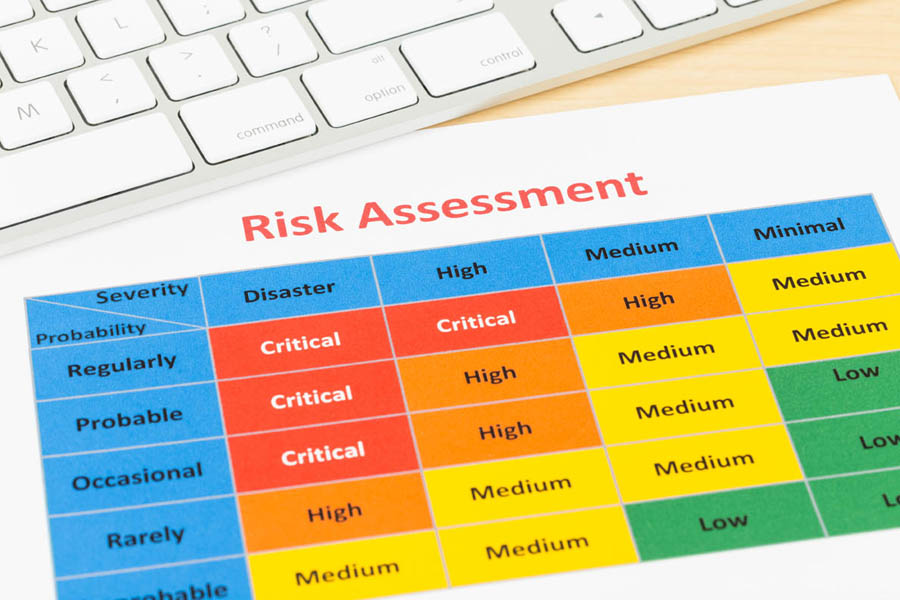If you’ve been tasked with handling a fire safety risk assessment for your premises, it might seem slightly overwhelming. If you don’t have much experience managing property or overseeing this kind of activity, it can be hard to know where to start.
While it’s always beneficial to consult with qualified professionals due to the important nature of fire safety risk assessments, it’s also good to know some fundamental principles so you can carry these things forward where appropriate.
If you’re ever in doubt, we recommended getting in touch with one of our friendly staff at UK-Fire Risk Assessments Ltd to assist you in creating a safe and proactive fire safety strategy for your building.
What is a Fire Safety Risk Plan?
A fire safety risk assessment should help to improve your overall fire safety plan. Rather than a tick box exercise, it should accurately and realistically identify any and all areas for concern, and help you to plan for risk mitigation strategies.
Whether you’re in charge of a business unit, office space, storage facility, accommodation block or any other type of premises, you should have a solid plan in place.
What Do I Need to Know?
There will typically be government guidance for you based on the type of premises that you’re in charge of. For example, houses in multiple occupation (HMOs) will require unique measures and considerations to overcome the potential risks within this property setting.
There are also many legal implications that apply specifically to different types of properties, such as office blocks. Make sure you know what these are and apply them accordingly to your fire safety plan.
What to Include in a Fire Risk Assessment?
For a fire to occur it needs a source of ignition (heat or flame), and identifying potential sources are a vital part of any fire safety risk assessment. Below is a list of potential sources of ignition to take note of.
- Matches, lighters, candles, and incense
- Defective electrical fittings like light bulbs
- Broken or damaged cables from electrical appliance like microwaves, fridges or kettles
- Flames or sparks from ovens or cookers
- Boilers and engines
- Portable heaters
Do I Need to Draw a Map?
A technical drawing of the property, even if it’s just a simple line drawing illustrating the core features of a property, such as exits and potential hazards, is often recommended. This can be used in combination with your list of potential dangers generated from your fire risk safety assessment to give you a better picture of the situation.
Get in touch with us and we’ll explain everything you need to include in a fire safety risk assessment, including potential sources of ignition and unsafe situations.

